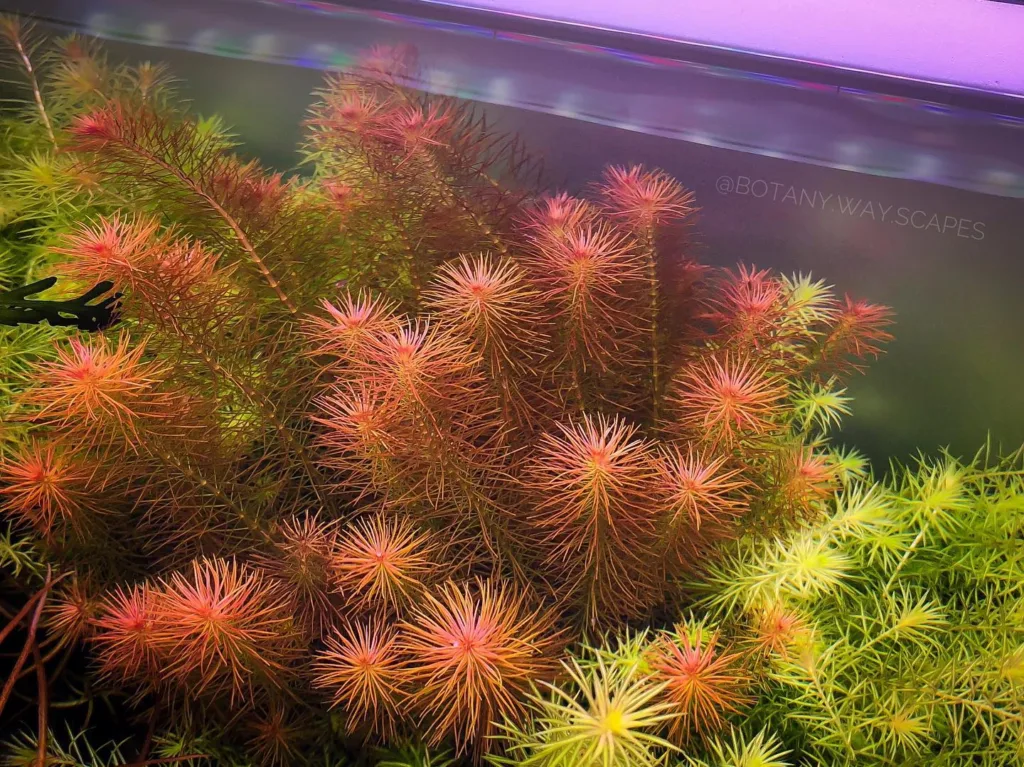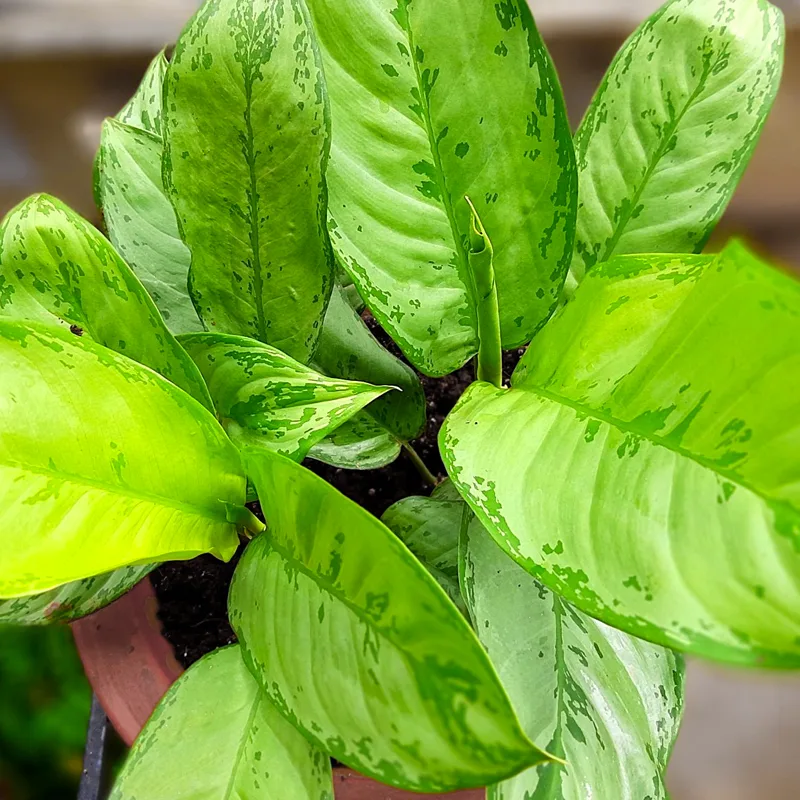
The Alluring Kanjiro Camellia: A Gardener’s Guide
For years, I’ve been captivated by the enchanting blooms of camellias. Their timeless elegance and vibrant colors add a touch of magic to any garden. But recently, I stumbled upon a captivating variety that stole my heart: the Kanjiro Camellia.
This exquisite shrub boasts a mesmerizing display of cerise pink, single to semi-double blooms. Each blossom is accentuated by a heart of golden stamens, adding a touch of warmth to the cool pink hues. But the Kanjiro’s charm extends beyond its captivating flowers. Its dense, semi-weeping habit creates a graceful cascading effect, making it a standout addition to any landscape.
As I delved deeper into the world of Kanjiro Camellias, I discovered a wealth of information that I’m eager to share with fellow gardening enthusiasts.
230 Species in Genus Camellia
How to plant and care for Kanjiro Camellia?
Finding the Perfect Spot:
The Kanjiro Camellia thrives in locations with dappled sunlight or afternoon shade. While it can tolerate full sun, especially in cooler climates, providing some shade during the hottest part of the day will ensure vibrant blooms and healthy foliage. When selecting a planting site, ensure well-drained, acidic soil. Camellias dislike soggy conditions, so raised beds might be necessary in areas with poor drainage.
Creating a Thriving Environment:
Once planted, your Kanjiro Camellia requires moderate watering, especially during its first growing season. As the shrub matures, it becomes more drought tolerant. However, maintaining consistent moisture levels will promote optimal growth and flower production. Mulching around the base of the plant helps retain moisture and regulate soil temperature. Aim for a 2-3 inch layer of organic mulch, keeping it a few inches away from the stem to prevent rot.
Feeding Your Kanjiro Camellia:
For optimal growth and stunning blooms, fertilize your Kanjiro Camellia in early spring, before new growth emerges. A balanced fertilizer formulated for acid-loving plants is ideal. Alternatively, organic amendments like composted manure or composted leaves can provide essential nutrients. Avoid over-fertilizing, as it can lead to excessive foliage growth at the expense of blooms.
How to prune Kanjiro Camellia?
The Kanjiro Camellia requires minimal pruning to maintain its natural cascading form. However, light pruning after flowering can encourage bushier growth and improve flower production in subsequent years. Remove any dead, diseased, or damaged branches, and shape the plant by selectively thinning out overcrowded branches. Remember, it’s best to prune sparingly, as excessive pruning can reduce flowering.
Potential Pests and Problems
While generally resistant to pests and diseases, Kanjiro Camellias can occasionally be susceptible to aphids, scale insects, and fungal diseases like camellia petal blight. Early detection and treatment are crucial. For pest control, insecticidal soap or neem oil sprays are often effective solutions. For fungal diseases, fungicides formulated for camellias can be used according to label instructions.
Can You Propagate Your Kanjiro Camellia?
Absolutely! Propagating your Kanjiro Camellia allows you to share its beauty with others or expand your own garden haven. Softwood cuttings taken in late spring or early summer are the preferred method. Select healthy, non-flowering stems with a few nodes and trim them to a length of 4-6 inches. Remove the lower leaves and dip the cut end in rooting hormone before planting the cutting in a pot filled with a well-draining potting mix. Maintain consistent moisture and provide indirect sunlight. With patience, your cuttings should develop roots within a few weeks.
Can You Plant Other Plants with Your Kanjiro Camellia?
The Kanjiro Camellia’s versatility allows it to be a delightful companion to a variety of plants. Here are a few suggestions for creating a stunning garden composition:
- Azaleas and Rhododendrons: Sharing similar soil and sunlight requirements, these evergreen shrubs create a vibrant tapestry of color throughout the spring and summer months.
- Ferns: The delicate foliage of ferns adds a touch of texture and softens the overall look of the garden. Opt for shade-loving varieties like Japanese Painted Ferns or Maidenhair Ferns.
- Hostas: These shade-tolerant perennials provide a low-maintenance ground cover and their vibrant green foliage complements the pink hues of the Kanjiro Camellia blooms.
The Enduring Allure of the Kanjiro Camellia
The Kanjiro Camellia is more than just a beautiful flowering shrub; it’s a captivating addition to any garden. Its graceful form, vibrant blooms, and ease of care make it a true gem for gardeners of all levels. With a little TLC, your Kanjiro Camellia will reward you with years of dazzling displays, adding a touch of timeless elegance to your outdoor haven.
If i die, water my plants!



